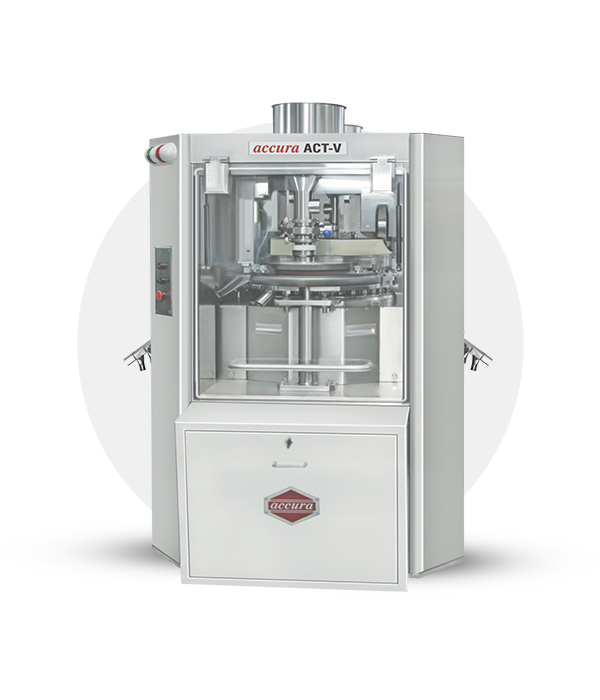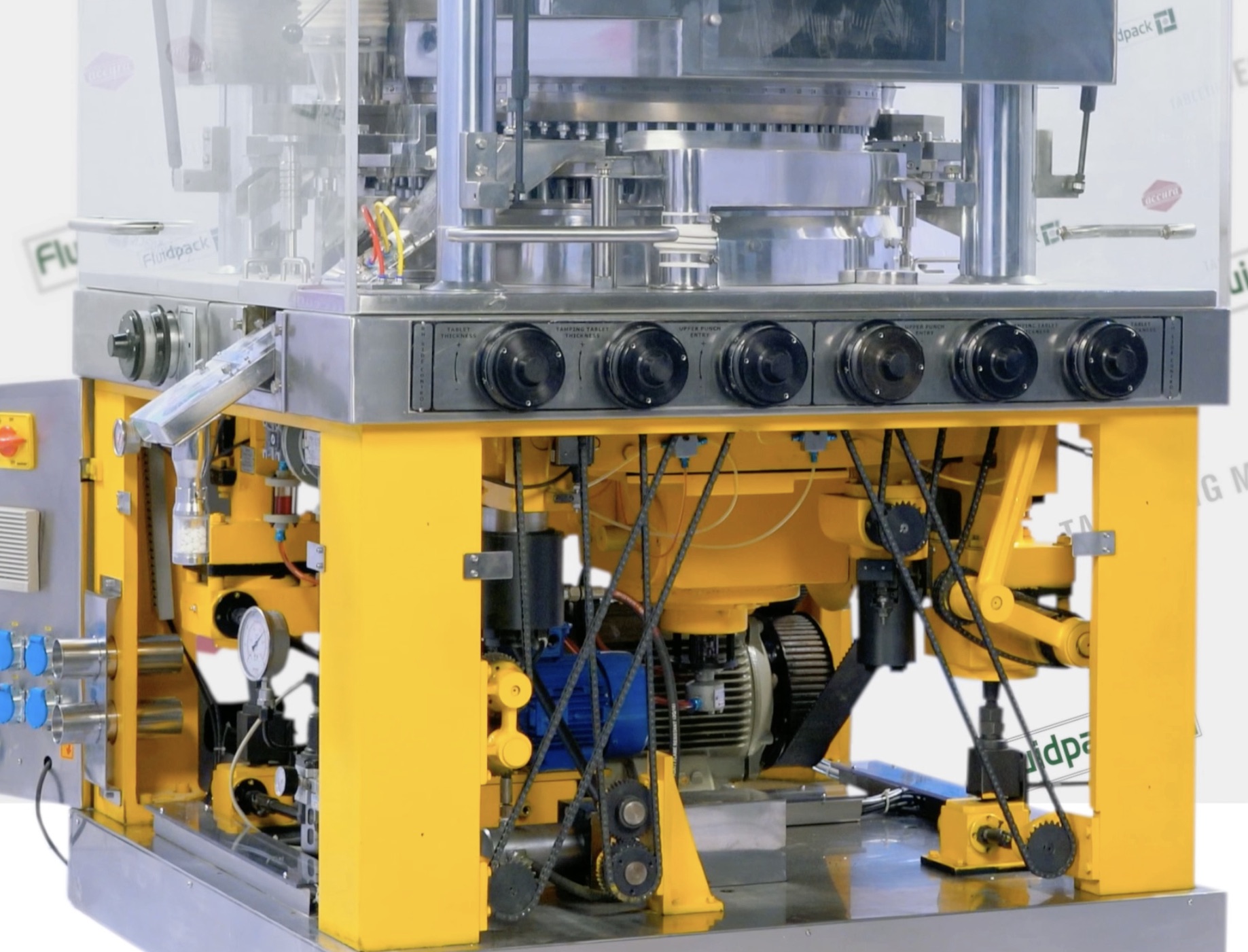Introduction
The pharmaceutical industry is constantly evolving, driven by the need for efficient and reliable methods of drug production. One of the most critical pieces of equipment in this sector is the rotary tablet compression machine. These machines play a vital role in the mass production of tablets, ensuring consistency, precision, and high output. This article explores the importance of rotary tablet compression machines in the pharmaceutical industry, detailing their functionality, benefits, components, and advancements.
What is a Rotary Tablet Compression Machine?
A rotary tablet compression machine is a mechanical device used to compress powder into tablets of uniform size and weight. It consists of multiple tooling stations arranged in a rotating turret, allowing for the simultaneous compression of multiple tablets. This setup enhances production efficiency and is particularly beneficial for large-scale manufacturing.
Components of a Rotary Tablet Compression Machine
1. Hopper
The hopper holds the powder mixture before it is fed into the machine. It ensures a steady supply of the material for continuous tablet production.
2. Feeding Mechanism
The feeding mechanism transfers the powder from the hopper to the die cavity. It ensures an even distribution of the powder, which is crucial for consistent tablet weight and density.
3. Dies and Punches
Dies are cavities into which the powder is filled, and punches are the mechanical components that compress the powder into tablets. The design of the dies and punches determines the shape and size of the tablets.
4. Turret
The turret holds the dies and punches and rotates to bring each station in line with the feeding and compression mechanisms. The number of stations in a turret varies, influencing the machine's production capacity.
5. Cam Tracks
Cam tracks guide the punches through the filling, compression, and ejection processes. They ensure precise movement and timing, which are critical for uniform tablet production.
6. Compression Rollers
Compression rollers apply the necessary force to compress the powder into tablets. There are typically two sets of rollers: pre-compression and main compression rollers. Pre-compression rollers remove excess air, and main compression rollers apply the final force to form the tablets.
7. Ejection Mechanism
After compression, the tablets are ejected from the die cavity and collected for further processing or packaging.
Working Principle of Rotary Tablet Compression Machine
The rotary tablet compression machine operates on a continuous cycle, involving several key steps:
- Filling: The powder mixture is fed from the hopper into the dies through the feeding mechanism.
- Metering: The lower punch adjusts to control the volume of powder in the die cavity, ensuring uniform tablet weight.
- Pre-Compression: Pre-compression rollers apply an initial force to remove air and slightly compress the powder.
- Main Compression: Main compression rollers apply the final force to form the tablets.
- Ejection: The upper punch retracts, and the lower punch pushes the tablet out of the die cavity for collection.
Benefits of Rotary Tablet Compression Machines
1. High Production Capacity
Rotary tablet compression machines can produce thousands of tablets per hour, making them ideal for large-scale manufacturing. The multiple tooling stations and continuous operation significantly enhance output.
2. Consistency and Precision
These machines ensure uniform tablet size, weight, and density, which is crucial for dosage accuracy. The precise control mechanisms reduce variability and ensure consistent product quality.

3. Efficiency
Rotary tablet compression machines minimize production downtime due to their continuous operation. The high-speed rotation and automated processes enhance overall efficiency and productivity.
4. Flexibility
Modern rotary tablet compression machines are equipped with interchangeable tooling, allowing for the production of various tablet shapes and sizes. This flexibility is valuable for manufacturers producing multiple products.
5. Cost-Effectiveness
The high production capacity and efficiency of rotary tablet compression machines reduce labor and operational costs. Their ability to produce large quantities of tablets quickly makes them a cost-effective solution for pharmaceutical companies.
6. Automation and Control
Advanced rotary tablet compression machines are equipped with computerized systems that monitor and control various parameters. This automation enhances precision, reduces the risk of human error, and ensures compliance with regulatory standards.
Applications in the Pharmaceutical Industry
1. Production of Standard Tablets
Rotary tablet compression machines are primarily used for the mass production of standard tablets. These tablets are used in various therapeutic areas, including pain management, cardiovascular health, and antibiotics.
2. Production of Special Tablets
These machines are also used to produce specialized tablets, such as chewable tablets, effervescent tablets, and modified-release tablets. The ability to adjust compression parameters and tooling makes it possible to create tablets with specific characteristics.
3. Research and Development
In pharmaceutical research and development, rotary tablet compression machines are used to create prototype tablets for testing and clinical trials. Their precision and flexibility enable researchers to experiment with different formulations and designs.
Advancements in Rotary Tablet Compression Technology

1. Automation and Integration
Modern rotary tablet compression machines feature advanced automation and integration capabilities. They can be connected to other equipment, such as feeders, granulators, and coating machines, to create a seamless production line. Automation reduces manual intervention, enhances efficiency, and ensures consistent quality.
2. Real-Time Monitoring
State-of-the-art machines are equipped with sensors and software that enable real-time monitoring of critical parameters, such as compression force, tablet weight, and ejection speed. This data can be used to make immediate adjustments, ensuring optimal performance and product quality.
3. Advanced Control Systems
Computerized control systems allow for precise control over compression parameters. Operators can set and monitor parameters through user-friendly interfaces, ensuring that each batch meets the required specifications.
4. Innovative Tooling Designs
Innovations in tooling design have led to the development of punches and dies with enhanced durability and precision. These designs minimize wear and tear, reduce the risk of contamination, and enable the production of complex tablet shapes.
5. Enhanced Safety Features
Modern rotary tablet compression machines are designed with safety features to protect operators and maintain a sterile production environment. These features include enclosed systems, automated cleaning, and fail-safe mechanisms.
Challenges and Solutions
1. Powder Flow Issues
One common challenge in tablet production is ensuring consistent powder flow into the dies. Solutions include using flow aids, optimizing powder granulation, and employing advanced feeding mechanisms to maintain a steady flow.
2. Tooling Wear and Tear
Frequent use of punches and dies can lead to wear and tear, affecting tablet quality. Regular maintenance, using high-quality materials, and implementing predictive maintenance strategies can mitigate this issue.
3. Contamination Risk
Maintaining a sterile production environment is crucial in pharmaceutical manufacturing. Using enclosed systems, automated cleaning processes, and stringent quality control measures can help prevent contamination.
4. Regulatory Compliance
Pharmaceutical manufacturers must adhere to strict regulatory standards. Advanced rotary tablet compression machines come with features that ensure compliance, such as real-time monitoring, data logging, and validation protocols.
Conclusion
Rotary tablet compression machines are indispensable in the pharmaceutical industry, providing the efficiency, precision, and high output necessary for large-scale tablet production. Their ability to produce consistent and high-quality tablets makes them a vital asset for pharmaceutical companies. With advancements in technology, these machines continue to evolve, offering enhanced automation, control, and safety features. As the demand for pharmaceuticals grows, rotary tablet compression machines will remain at the forefront of tablet manufacturing, driving innovation and ensuring the delivery of safe and effective medications to patients worldwide.
